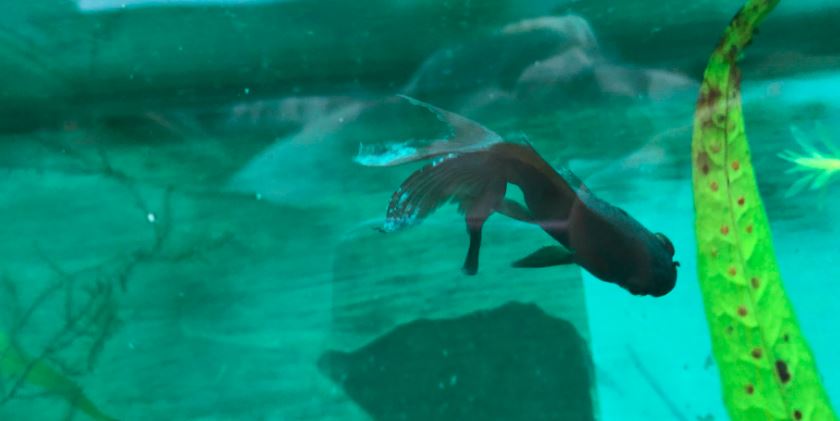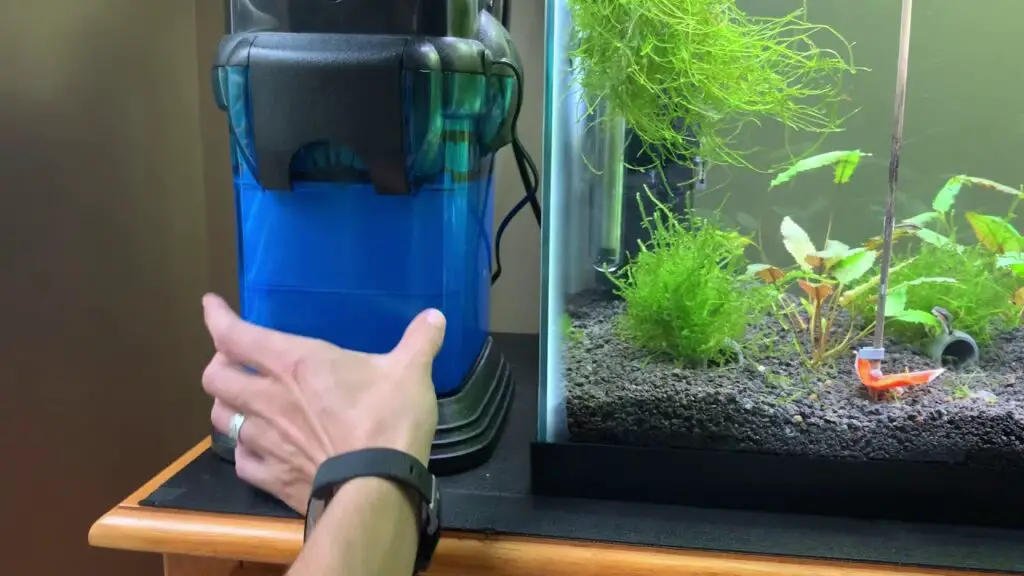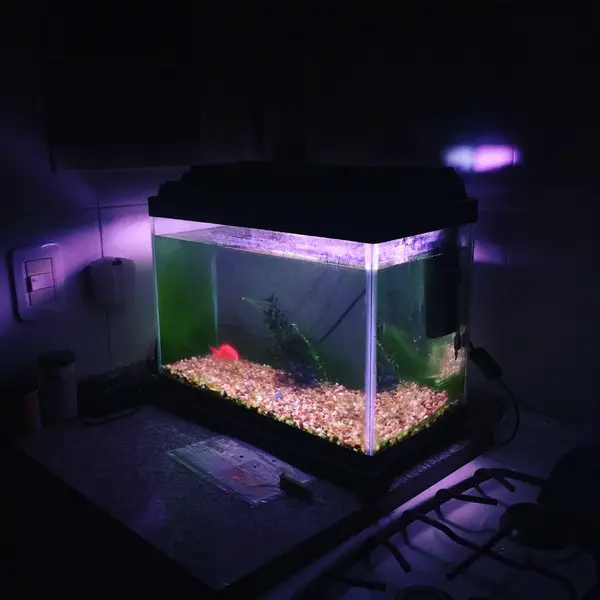Introduction
You may occasionally have to treat your fish and your whole aquarium with methylene blue or malachite green, but before you do, it’s important to know what their purposes are and how to use them. Getting to grips with this will help to ensure you solve problems in the tank, rather than making them worse.
Malachite green and methylene blue have a lot of overlap in their purposes, but malachite green is significantly stronger. They can both be used for the treatment of parasites, or bacterial or fungal infections. You need to work out which is required before you add one or the other to your tank.
In this article, we’ll explore the two different treatments and determine which you should be using and how they will help your fish.
Malachite Green VS Methylene Blue
If you are new to the aquarium hobby, you may not yet be familiar with either malachite green or methylene blue, but both of these are important treatments that you should familiarize yourself with, because you may need them if problems arise among your fish.
Methylene blue is sometimes confused with malachite green, and they are used in somewhat similar ways, but it’s a good idea to know the differences between the two. Malachite green is usually considered a stronger treatment option, but a harsher chemical, and it needs to be used correctly in order to keep your fish safe.
Understanding when to use methylene blue and when to use malachite green will improve your chances of dealing with problems in your tank correctly.
Methylene blue can be used to protect your fish from superficial fungal infections, and may reduce the risk of bacterial infections on fish eggs. It is an effective disinfectant and may help to get rid of parasites. In some cases, it can be used to treat nitrite or ammonia poisoning. However, it is not very strong.
What Does Malachite Green Do For Fish?
Malachite green has a few different uses when it comes to treating fish, but the most important is probably its ability to combat external parasites. It may be combined with formaldehyde to make it more effective. It can also get rid of fungi on the eggs of fish, so adding it to the tank may help to increase the chances of fry hatching.
Malachite green can be used to treat:
- Saprolegnia, which is a freshwater mold that can attack fish eggs
- Velvet, which is a disease caused by either Oodinium pillars (in freshwater fish) or Amyloodinium (in tropical fish)
- Egg fungi of various kinds
- Ichthyophthirius multifiliis, which is a parasite (sometimes known as Ich or ICH) that causes white spots on the fish, and results in the fish scratching their bodies against available rough surfaces
If your fish are suffering from any parasites or fungal problems, malachite green may be a necessary part of treating them and restoring them to health. Be aware of this as a potential treatment option.
What Does Malachite Green Do To ICH?
Malachite green is generally considered one of the best treatments for Ich, which is a notoriously difficult problem to address. You should always be on the lookout for Ich in your aquarium, as it can get introduced through various channels, and early treatment is critical. If you don’t treat the fish promptly, they are likely to die, no matter what you do.
Ich tends to appear as pinprick white spots over the body of your fish. These are usually around the size of grains of sugar, so they can be a little tricky to spot. You should also look out for your fish rubbing against any rough objects in the tank, as though its skin is itchy.
The white spots may develop into red spots, especially around the fish’s gills. You might see your fish coming to the surface to gulp air, because it will struggle to breathe underwater.
Malachite green is a great way to treat this disease, but make sure you are following the manufacturer’s direction. When correctly applied to the water, the malachite green should kill off the parasite responsible for attacking your fish, and the fish will hopefully recover. Remember that this intervention needs to be made early.
Is Malachite Green Safe For Fish?
Malachite green is considered safe for fish when applied in very small quantities. However, it is a strong product, and you should never add more than the manufacturer directs to your tank, or there is a high chance that it will kill off your fish and your other aquatic life.
Your bottle of malachite green should come with directions that tell you what dosage is needed, and in most cases, you will only be adding one drop per gallon, which may seem like a very small amount. Do not add more, no matter how sure you feel that this can’t be enough to save your fish.
Malachite green is a very strong chemical, and it needs to be heavily diluted in order to be safe for aquatic life. In some cases, you will be adding as little as 0.05 milligrams of malachite green to a liter of water, but this depends on how concentrated the substance is.
Always follow the manufacturer’s direction, and the malachite green should be safe for your fish. In higher doses, however, it is very likely to be deadly.
Is Malachite Green Blue?
You might be surprised to find that the malachite green is actually often a deep blue in color – which may be why it is sometimes confused with methylene blue. It may slightly alter the color of the water when you first add it, although it should quickly diffuse and disappear into the clear liquid.
Conclusion
Both malachite green and methylene blue have their purposes when it comes to addressing problems in an aquarium, and you need to be aware of their uses before you stock your tank. In some cases, methylene blue will be sufficient to deal with problems, and this is a milder chemical. However, in other situations, you’ll need to add malachite green to deal with parasites like Ich, or fungal infections.



